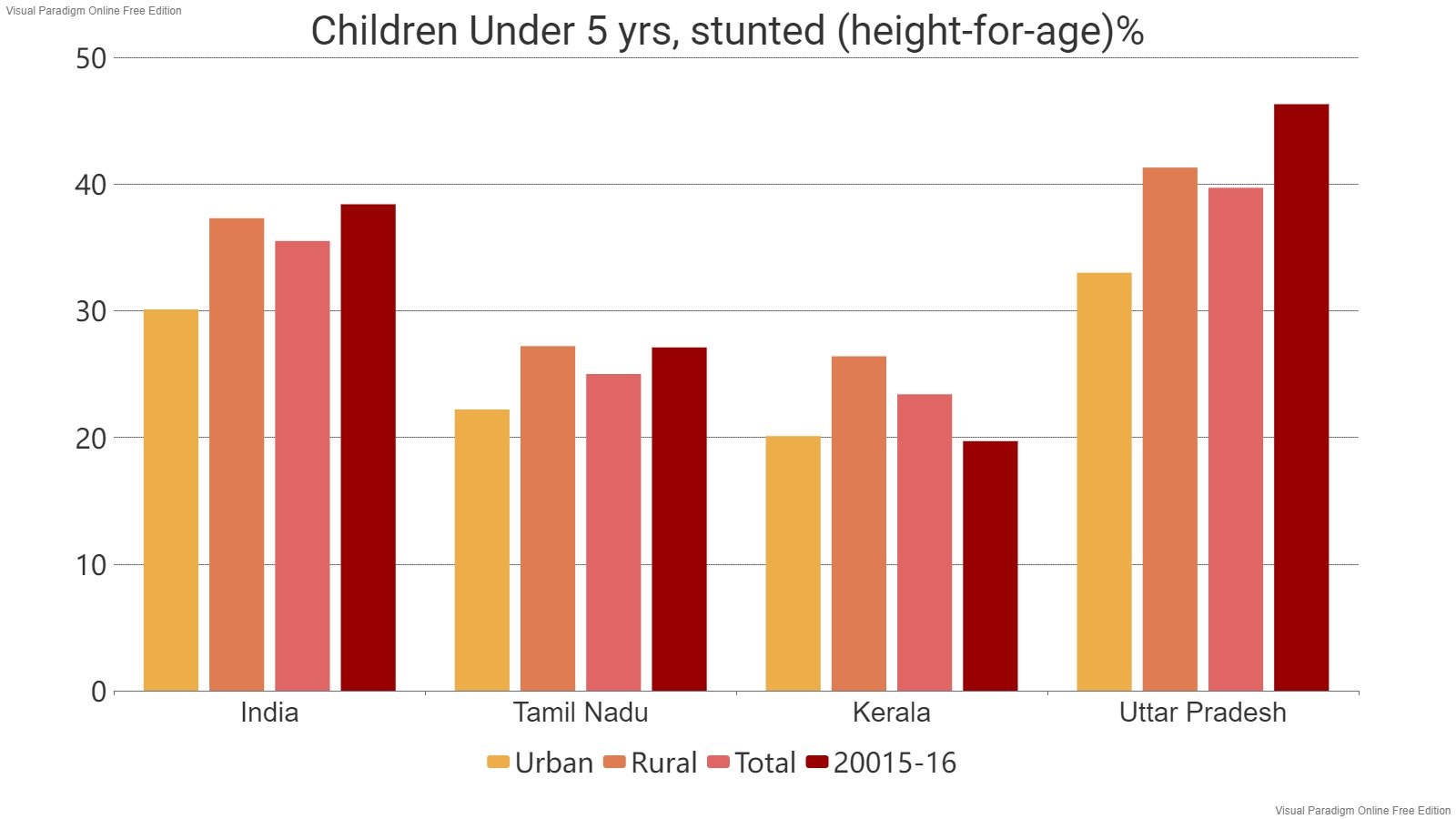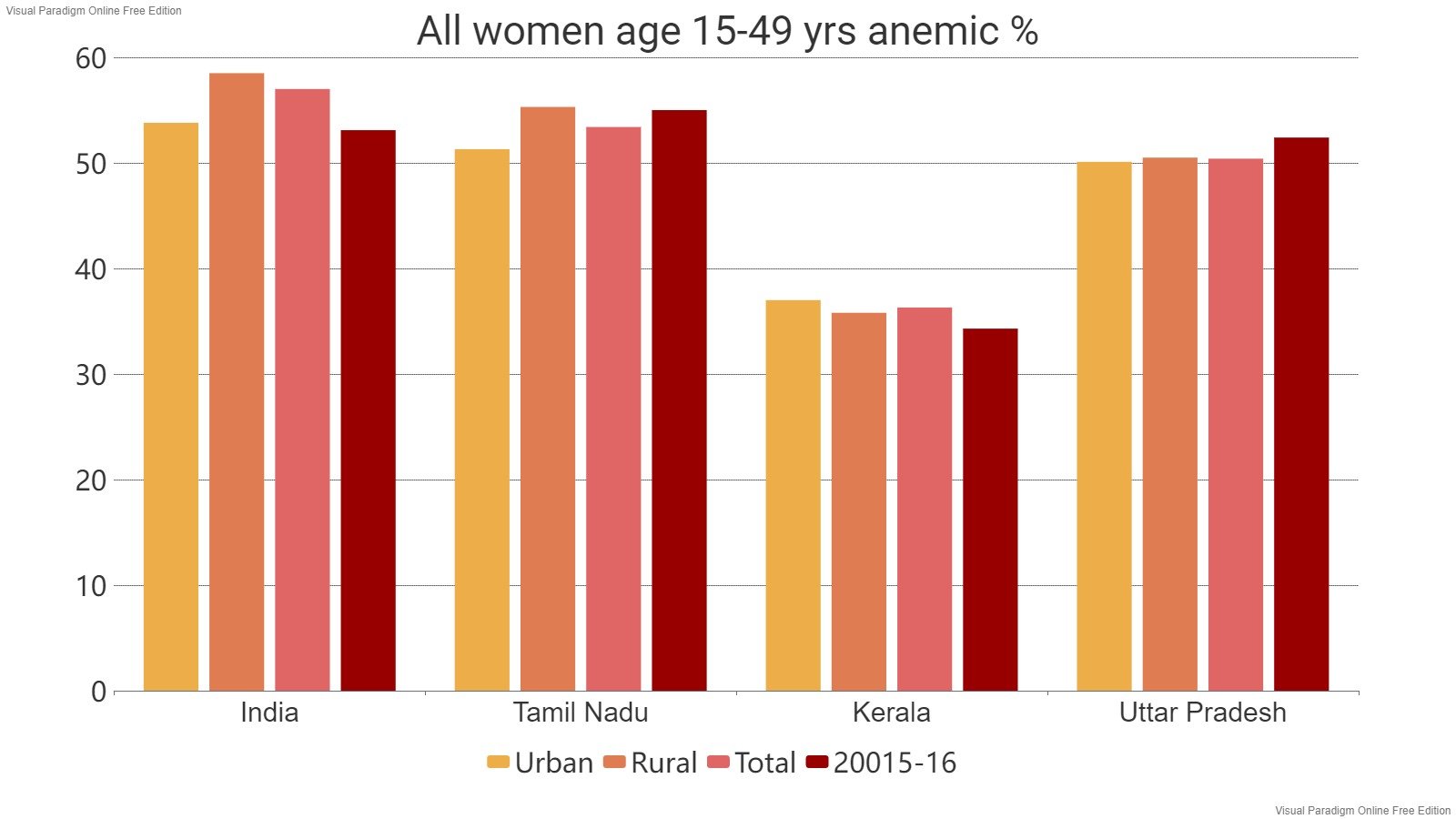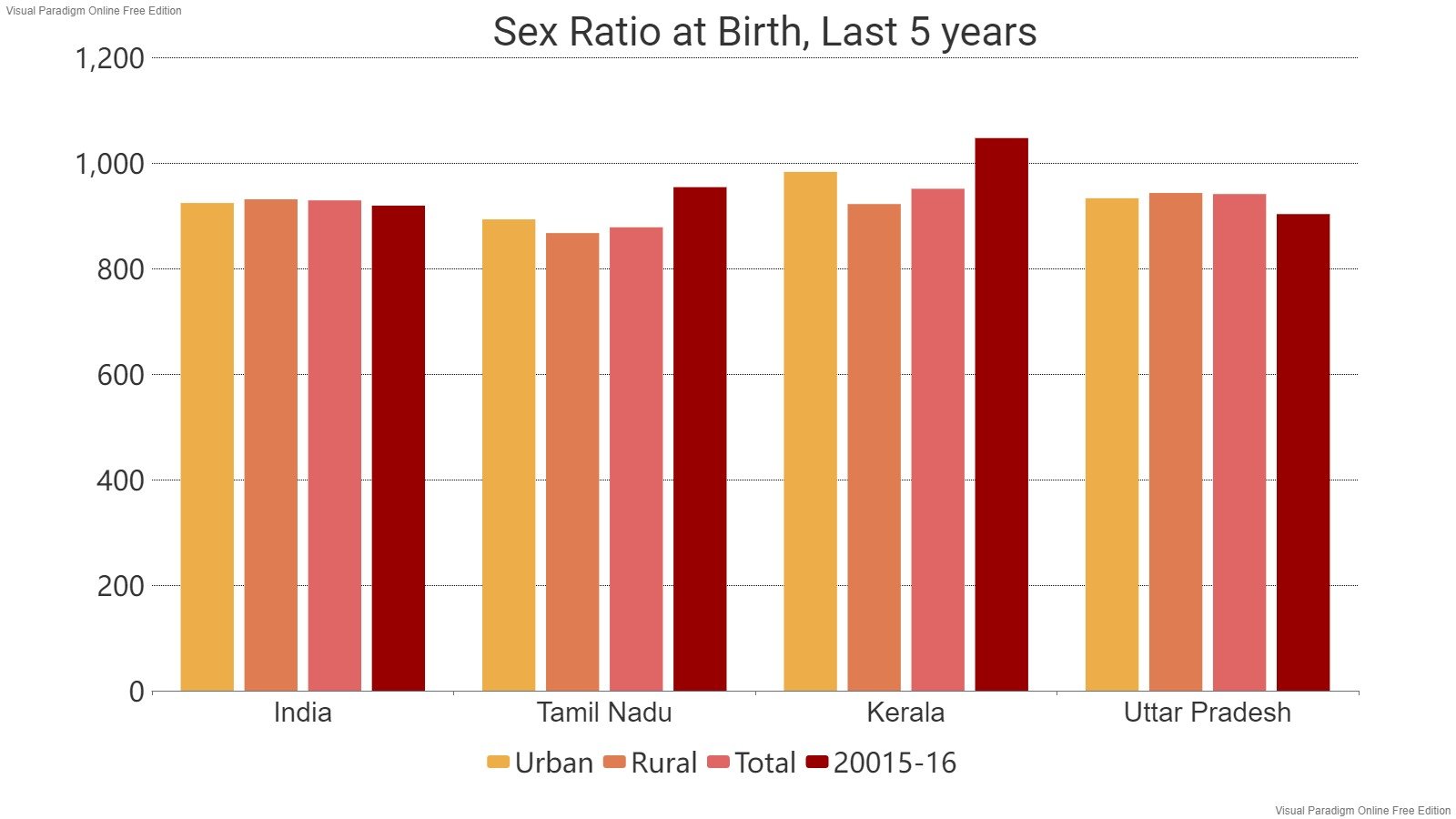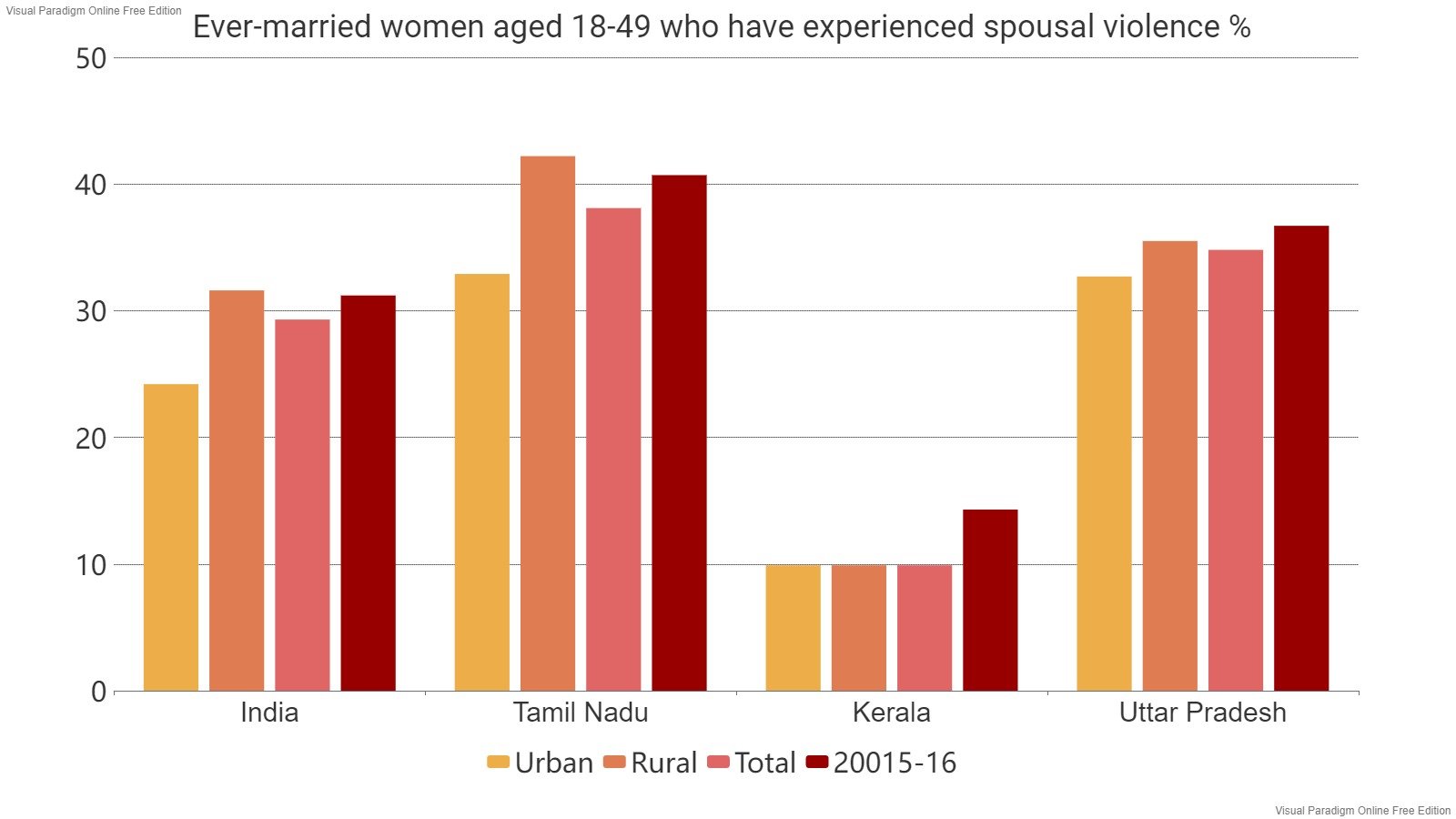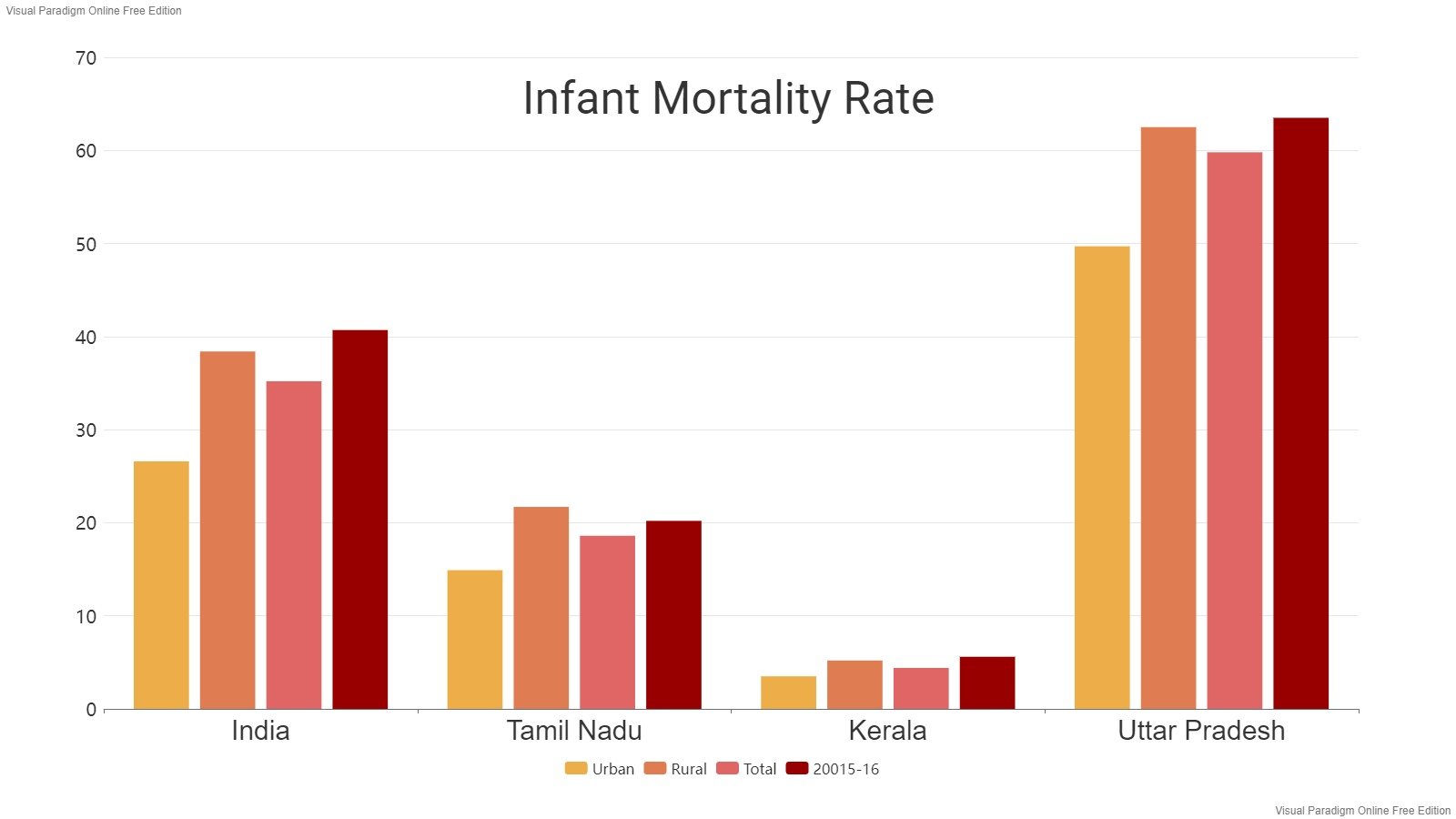Read in : தமிழ்
Sacred groves are areas that people decide not to touch, allowing nature to take its course there. They are sites of worship. The sacredness in sacred groves makes people leave them alone, providing precious space for green cover. It now seems that the sacred grove approach is better suited to greening Chennai than the Miyawaki approach so far adopted.
The road to a greener Chennai has veered away from the Miyawaki method of intensive tree growth to a more traditional ecosystem-based idea of landscape restoration, ending the uncertainty over what direction the city would take. Recent reports indicate that the Greater Chennai Corporation will opt for native tree species, choosing to replicate historical landscapes in and around the metropolis. This would be a new era of sacred groves created to suit the region’s ecology, since the civic body planned to have about 1,000 such spaces.
Such an approach would be ecologically sound, although votaries of intensive tree planting the Miyawaki way might be disappointed. There would be little impact on the city’s effort to combat climate change through tree planting, since species that store more carbon over the long term, such as the Banyan, would find a place.
Imagination and reality
In historical terms, the city’s greenery is seen as having been different from the notion of thick woodland. Chennai’s climate is tropical wet-dry, and the traditional vegetation evolved to suit the coastal environment.
Pallikaranai is arguably the best-known remnant of the urban coastal ecosystem, although its marshy grassland has severely shrunk due to encroachment and unregulated growth. Yet, it gets less mindspace compared to the gardens of the Theosophical Society and the Guindy National Park. It continues to be surrounded by concrete developments that block water flow. Even the scrub forest on the city’s southern fringes in Nanmangalam fails to attract attention. The Madhavaram lake has suffered severe losses to its natural base of plants and wildlife. A lot of restoration programmes, including prominent lake clean-ups, may be causing harm as they erode traditional flora through mindless dredging.
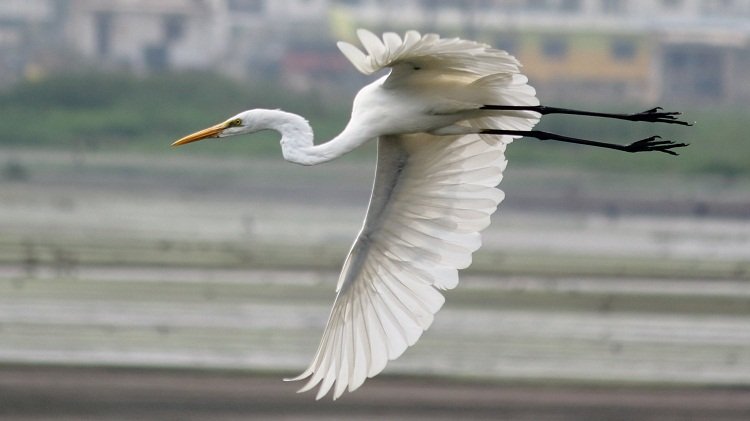
Great egret (Ardea alba) at Pallikaranai, Chennai.
Photo Credit : Ajay Swerve, Flickr
“The Corporation’s decision on Miyawaki forests is welcome. It would be best to plant trees that suit the soil (Mannukketra Maram), which in cultural terms would be Mullai (dry forest) and Neithal (littoral) for the Chennai region,” says Prof D Narasimhan, Member, Tamil Nadu Biodiversity Board and retired professor of Botany, Madras Christian College.
“The Corporation’s decision on Miyawaki forests is welcome. It would be best to plant trees that suit the soil (Mannukketra Maram), which in cultural terms would be Mullai (dry forest) and Neithal (littoral) for the Chennai region,” says Prof D Narasimhan, Member, Tamil Nadu Biodiversity Board and retired professor of Botany, Madras Christian College.
Researchers R.J. Ranjit Daniels and Anjana Vencatesan of Care Earth Trust wrote in Mongabay-India that the historical landscape of Chennai, in a reconstruction, would have “a domination of Palmyra and Phoenix palms interspersed with thickets. The intervening spaces would have been covered with a mixture of grasses and short herbs; a condition that allowed surface water flows to move freely without flooding. Trees were sparse and local and most likely the Banyan, if present” (2020).
Matching wildlife
This is associated with specific wildlife found in this type of habitat, such as blackbuck, fan-throated lizards, saw-scaled vipers and birds like the laughing dove and Indian stone curlew. Mangroves and some areas with lakes were recorded. “It is possible that the mangroves were along the rivers in many places. Some of it has got destroyed because of poor understanding of their function, and being seen as a hindrance to water flow,” says Dr. Narasimhan.
The colonial era record is interesting. In the late 1790s, records for Madras show several species. These plant specimens were collected by, among others, Johann Peter Rottler from Strasbourg who joined the Tranquebar Mission in 1776. The Mission added to botanical knowledge on the Coromandel Coast, with early literature from Johann Gerhard Konig.
The specimens were mostly from Marmelon, as Mambalam was known at the time, Gallaburam ad montes, which is Pallavaram, Red Hill’s (with an apostrophe), the Governor’s house and Anderson Garden in Nungambakkam and Saidapet, besides present day Thiruvallur, Thiruporur and Mamallapuram (Raman and Prasad, 2010). The study of the plants yielded an article published in German credited to the author Willdenow in 1803.
An earlier article was written by a surgeon at Fort St. George, Samuel Browne, and James Petiver in 1700-1701, although this did not have binomially classified plants but vernacular names or pre-Linnaean descriptions. There have been subsequent accounts too of the plants and trees of Chennai (Madras) from 1929, 1938 and 1994.
With about 60 recommended species suitable for planting, Chennai cannot go wrong with its restoration programme.
New sacred groves?
How promising is a sacred grove approach to regrow indigenous and traditional plants in and around Chennai? Can satellite imagery yield information that will help the civic and State governments identify suitable sites for these and have wetlands as they existed in antiquity?
Dr. Narasimhan says about 60 species are suited to the Chennai region. A self-help group in Marakkanam is able to provide 50-60 tree varieties at present. “It should be possible for the Forest Department to come up with about 140 varieties for distribution, which would be just 10% of Tamil Nadu’s traditional diversity of about 1,400 species,” he says. Given the current supply bottlenecks, some tall saplings are being sourced from neighbouring States at enormous cost, he points out. There can also be a big impetus to growing medicinal plants that were traditionally found around Chennai.
Interestingly, while Willdenow reported 14 types of trees in 1803, besides other flora, the subsequent literature records only six of those in 1929 and 1994. These included Ficus repens (creeping fig), Gardenia gummifera (gummy gardenia), Semecarpus anacardium (marking nut tree), Uvaria cerasoides (a small flowering plant), and Vitex appendiculata (peacock chaste tree), according to the above-cited published literature (common names cited from various databases).
Equally, going by the documentation of 1929 and 1994, some of the valuable flora had gone missing compared to the specimens collected by Rottler. These include plants of medicinal value, such as Costus speciosus, or crepe ginger (Koshtam), with anti-diabetic and anti-inflammatory properties. Today, a lot of medicinal plants are collected around Chengalpattu, and they could well be grown in more suitable areas and even become a source of income for urban gardeners.
With about 60 recommended species suitable for planting, Chennai cannot go wrong with its restoration programme. These plants and trees would, over time, rebuild the full assemblage of biodiversity including birds and animals and contribute rich services to the ecosystem.
Read in : தமிழ்






